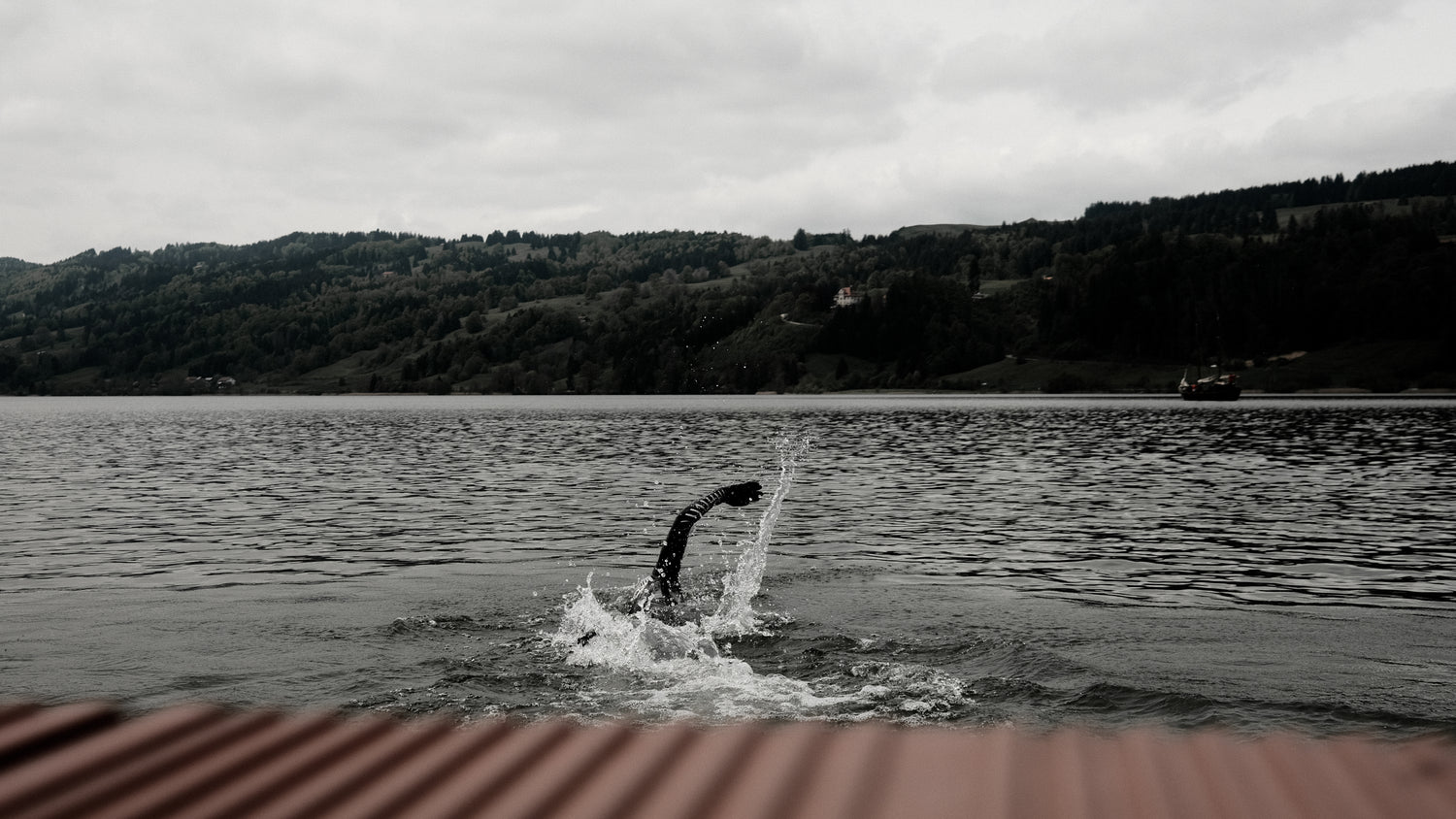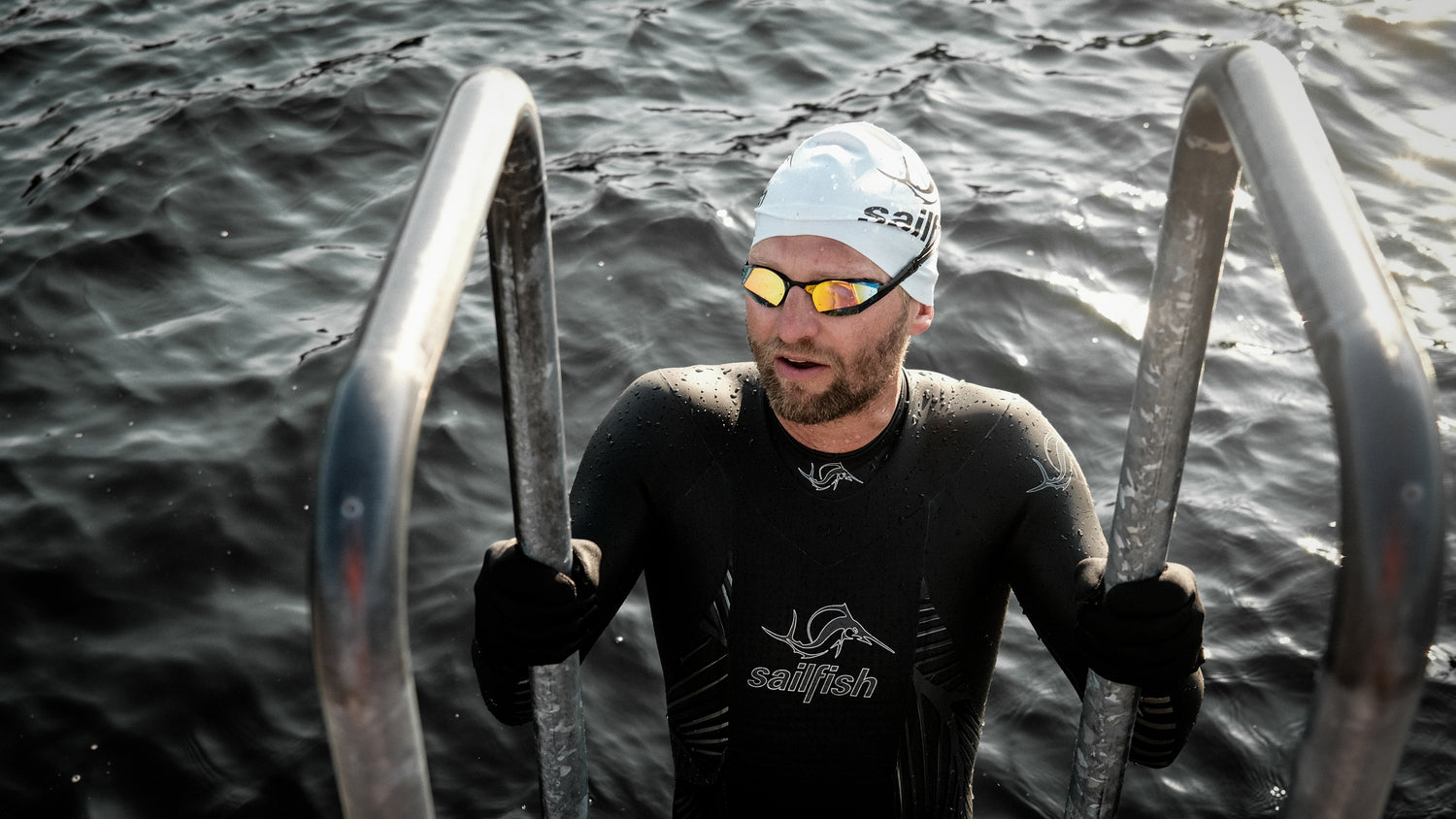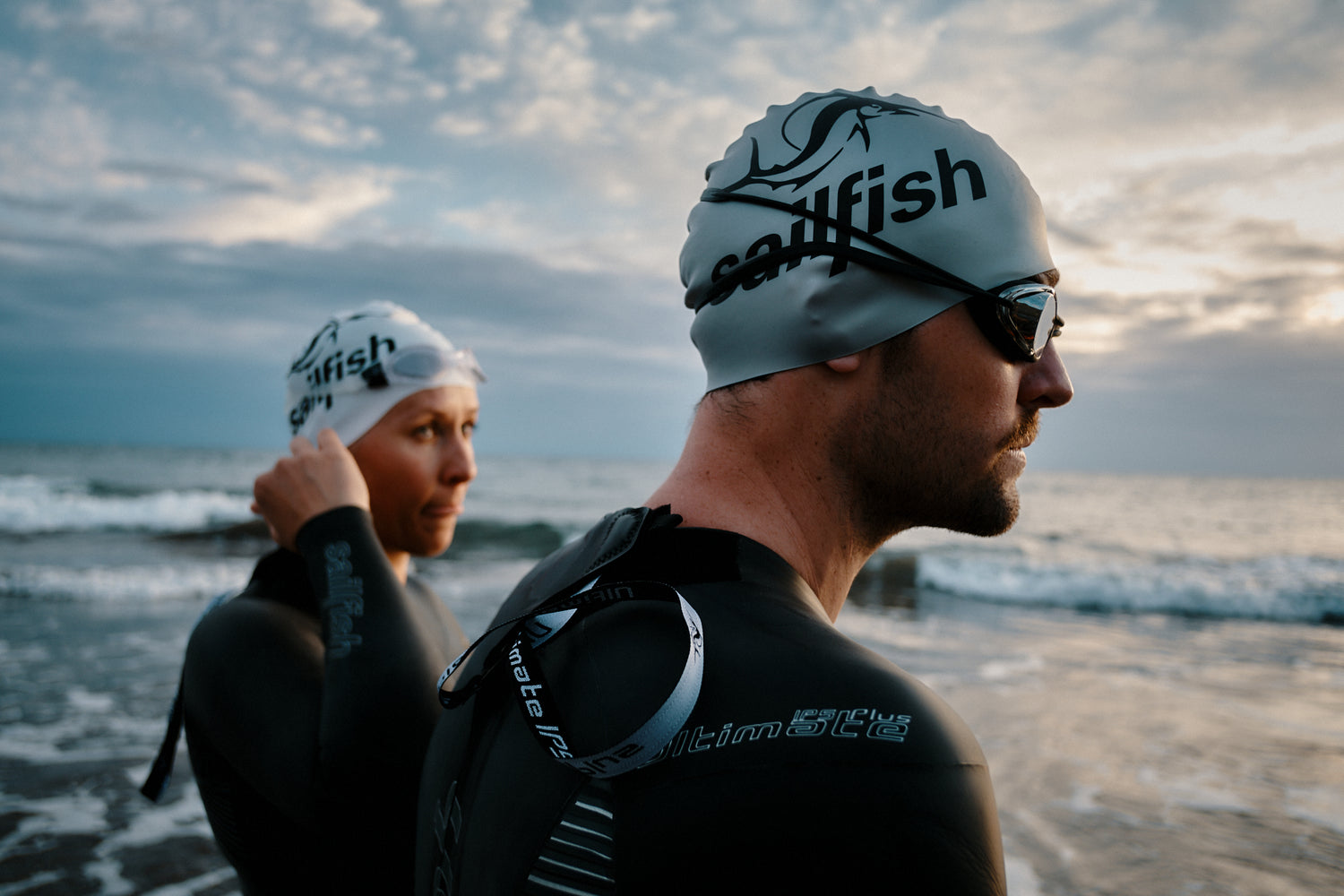Orientation in open water
The best technique, the fastest 100m times and the most innovative wetsuit are worthless in competition if you don't manage to follow the course in the shortest way. What seems so simple at first glance can become a problem on race day. While orientation may still work during training in your local swimming lake, it may be different in unknown waters, surrounded by 1,000 foreign arms, waves and backlight.
To spare you this experience, we give you eight valuable tips for orientation in open water:
- Take a good look at the water before the competition. Try to find helpful landmarks that will help you find your way. These can be, for example, tall buildings, bridges or prominent trees on the shore.
- Try topush yourself slightly up out of the water when lining up your arm. This will make it easier for you to lift your head and get sufficient visibility.
- When lifting the head, increase the leg stroke to maintain water position and speed.
- Look forward 2-3 times in a row . Use the first look to locate the buoy or landmark. Finally, on the second look, correct or confirm your direction.
- In stronger swells, you must adjust your orientation to the rhythm of the waves. Always try to lift your head on the upper crest of the wave. This way you can spot buoys that would otherwise disappear in the trough of the wave.
- In choppy water you should lift your head much higher to get a good overview of the course. In return, however, try to minimize the number of glances. Lateral landmarks or other swimmers will help you maintain your direction.
-
Do not breathe while looking ahead for orientation. Look ahead briefly and then turn your head directly to the side to breathe.
- Be sure to practice orientation in training. For example, you can swim behind a fellow club member who keeps changing directions. This way you are forced to orient yourself more often. After a while, switch roles.




